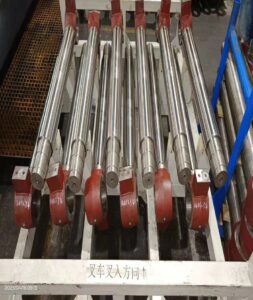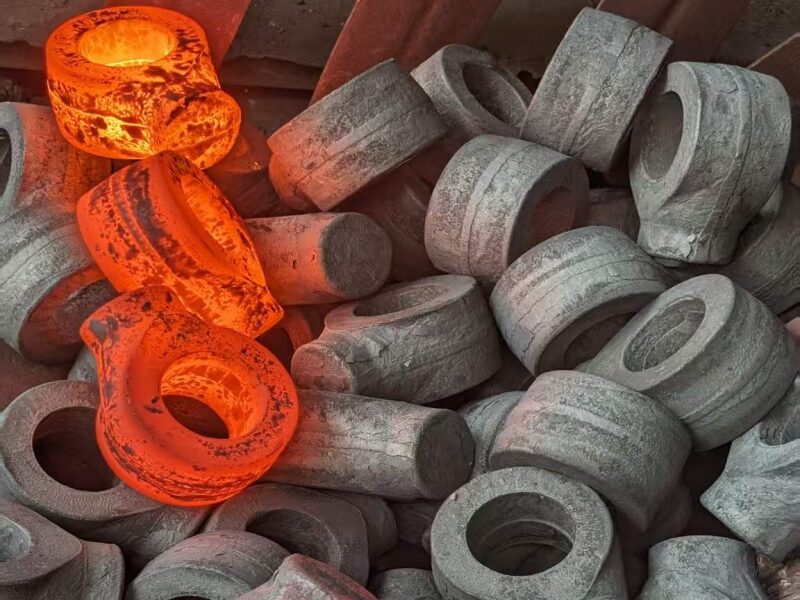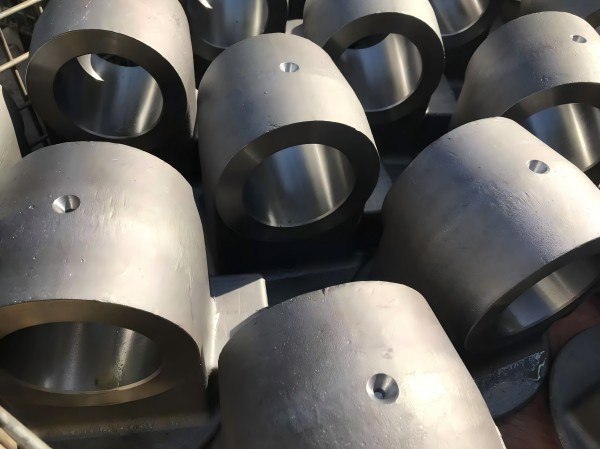Hydraulic cylinder and valve body structure: key advantages and component analysis
1.The hydraulic cylinder and valve body are the core components of the hydraulic system, which have a direct and significant impact on the transmission of pressure, so they are widely used in the following areas:
§ 1.1 Construction Equipment
Excavators: Hydraulic cylinders drive the boom, rotating bucket rod and bucket movement.
Loaders: Steering cylinder for steering, rotating bucket cylinder for tilting bucket, boom cylinder for lifting bucket.
Crane (Cranes) : control boom expansion and space amplitude.
§ 1.2 Industrial Automation
Injection Molding Machines: Hydraulic cylinders provide clamping force.
Shoe machine: opening and closing mold cylinder, booster cylinder, feed cylinder, injection cylinder……
Industrial equipment (Stamping Presses) : high-precision hydraulic cylinder to ensure stable stamping, pressing, drilling.
§ 1.3 Mining & Heavy Machinery
Mining Trucks (Haul Trucks) : hydraulic cylinders for tipping and suspension systems;
Tunnel Boring Machines: high-pressure hydraulic cylinder to promote the rotation of the cutter head;
Forklift: Used to lift heavy objects
§ 1.4 Agricultural Machinery
Tractors: Hydraulic cylinders control the suspension and farming equipment.
Harvesters: Used to adjust the height of the cutting table.

2. Why Use Forgings? Why use forgings?
2.1 High Strength & Durability
Forgings have dense grain structure and tensile strength 50-100% higher than castings, which is suitable for high-pressure hydraulic systems (>300 bar) and can withstand frequent impact loads, such as the repeated expansion and contraction movement of excavator hydraulic cylinders.
2.2 Fatigue Resistance
The forging process reduces internal defects, prolongs service life (2-3 times longer than casting life) and reduces the possibility of breakage.
Suitable for valve bodies that are not easy to service, such as ship Directional Control Valves.
2.3 Machinability of precision machining
The forging surface is more uniform, which facilitates precision machining (such as the high precision flow channel of the valve body).
Meets ISO 4406 cleanliness standards and reduces the risk of contamination of hydraulic systems.
2.4 Lightweight Optimization
Reduce material waste and equipment weight by optimizing forging processes such as near-net forming.


3. Frequently Asked Questions
Q1: What are the main components of the hydraulic cylinder?
A: The core components of the hydraulic cylinder include:
Cylinder Barrel: Holds hydraulic oil and withstands high pressure.
Piston: Converts hydraulic energy into mechanical motion.
Piston Rod: Delivers thrust, usually hard chrome plated to improve wear resistance.
End Caps and flanges: Seal the cylinder block to prevent leakage.
Nylon nut: prevent piston rod and piston from decylinder during movement.
Seals: prevent oil leakage (such as O-rings, Gray rings).
Q2: Why do cylinders usually use forgings?
A: Advantages of forging cylinder:


Q3: Why do piston rods need to be chrome plated?
A: The role of chrome plating:
Wear resistance: Reduce friction damage to seals.
Anti-corrosion: resistance to water vapor and chemical media erosion.
Surface treatment: heel polishing, improve the finish.


Q4: Can the forging body be used in corrosive environments?
A: Optional stainless steel forgings (316L) or surface treatment (nickel plating, dacromet).
Q5: Common failure of hydraulic cylinder?
A: External leakage: oil seepage from the seal.
Movement stuck: piston rod movement is not smooth (may be due to contamination or wear).
Insufficient pressure: System pressure drop (seal failure or internal leakage).
